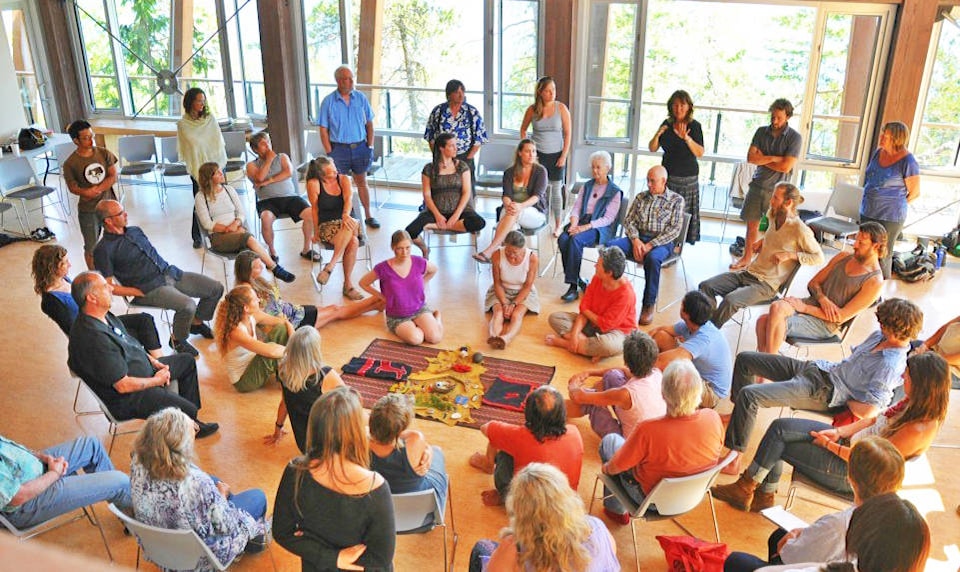This past weekend, members of the community – Aboriginal and non-Aboriginal alike – gathered for a unique event to discuss how to move forward together and begin healing the wounds of colonialism.
The event was entitled Paddling Together in Reconciliation and it was a chance, according to organizer Ken Blackburn, “to slow down and take some time to really do some active listening.”
“When you look at the day,” Blackburn says, “the first half – Kathi Camillari’s village workshop – was a very powerful thing. She is very skilled at leading people through experiential education. When you engage in experiential education, your emotions are triggered, and, for most people, when their emotions are triggered, that’s when learning really happens.”
Blackburn says that while everyone surely took something different away from the workshop, for him it was seeing “what ‘community’ can really mean.”
“One of the key learnings, at least for me, was looking at how we treat our children, and their role and importance within the community,” Blackburn says. “It made me think of some of the things that, actually, Campbell River is doing pretty well, when you think about it.”
Blackburn says that examples like the Campbell River Arts Council’s banner project, where they engage local school kids in the creation of banners to be hung around town, go a long way in making children feel a part of the greater community.
“In refusing to go down the road of the mass-produced, community advertising banner that you see in a lot of communities and instead getting the kids’ art up on the street tells the kids, ‘you are important and you have a place in this community.’ So, I mean, we’re doing some good things in that regard, but we’ve got a long way to go.”
With the context set, the Community Circle began, giving people the chance to hear stories from elders, artists and other community members. It was designed to be an unstructured discussion with no predetermined goals or desired outcomes.
“That part of the day had very humble aspirations,” Blackburn says. “We just wanted to get people talking. But more importantly, we wanted to get people listening – actively listening – because healing can’t start until we get to know each other.”
The only shortcoming to the day, if there was one, was that the goal of keeping it loose and unstructured was totally successful, Blackburn says.
“I think we were wise to not control it and try to direct it or impose some kind of structure but instead let it find its own way,” Blackburn says. “Could the conversation have evolved more than it did? Yes, it could have, but there will be more opportunities for that to happen. In the time frame we had, I think we at least established a greater understanding of who each other are.”
So where do we go from here?
“Well, we had lots of the key people from within the community there,” Blackburn says, “and my hope is that they all saw how powerful a place it was to begin and will now take that idea and use it to continue building these relationships within the community and building trust. We’ve started on a path of understanding, and hopefully we can start to look now at what we can do, as a community, to move forward.”
